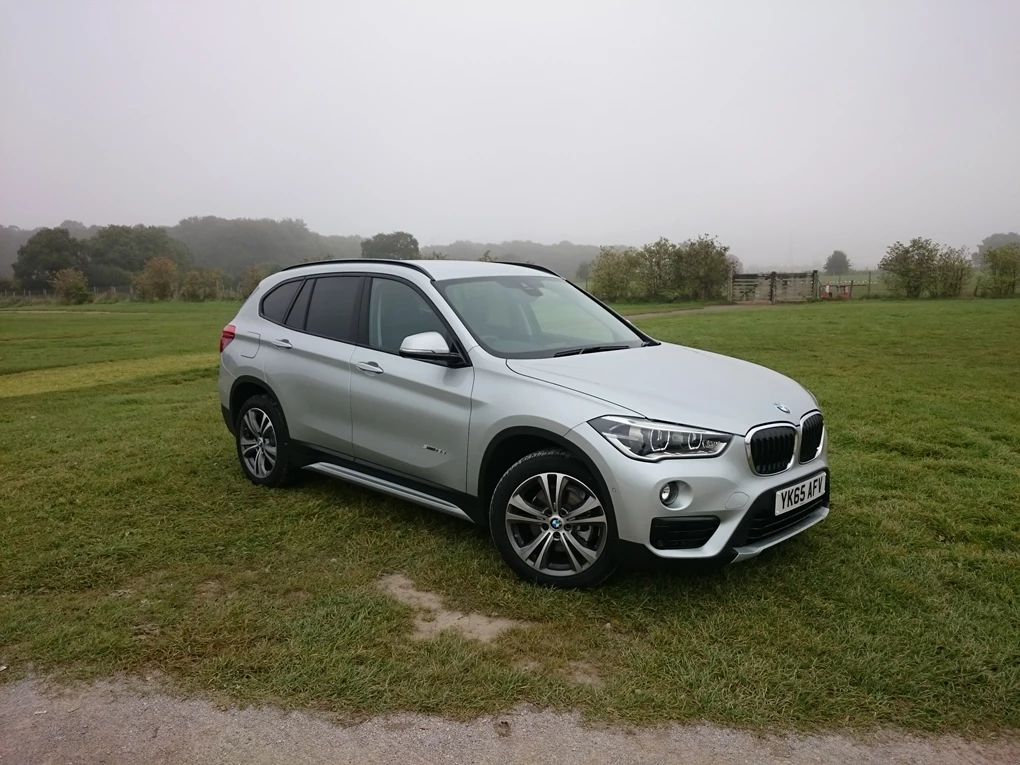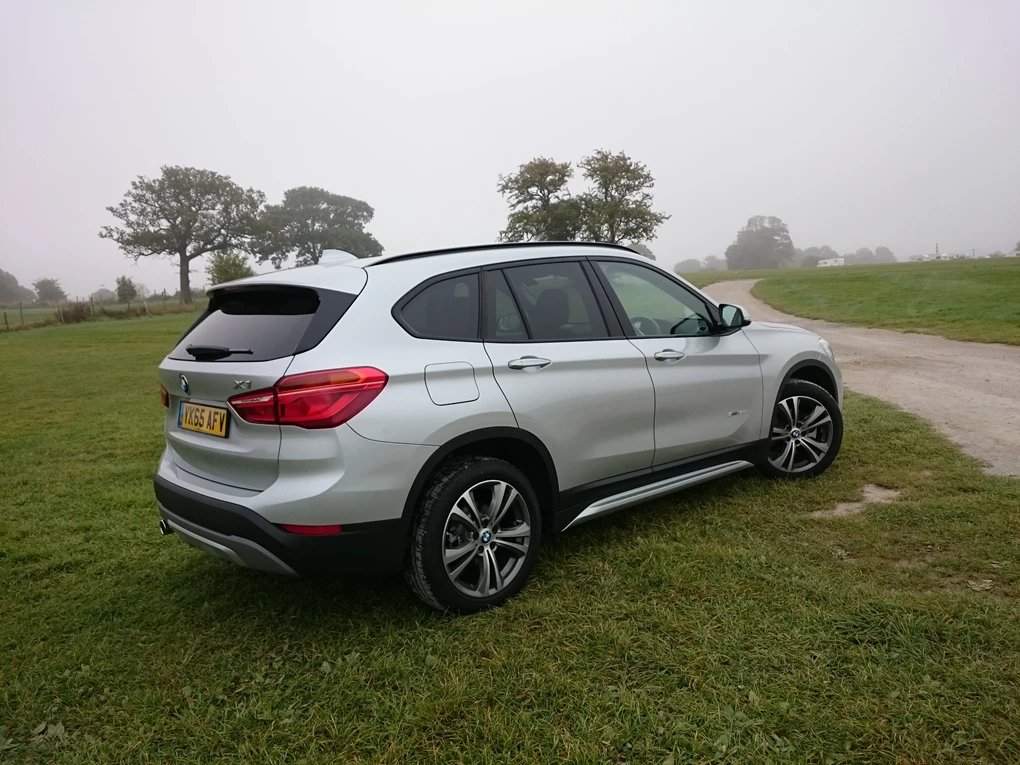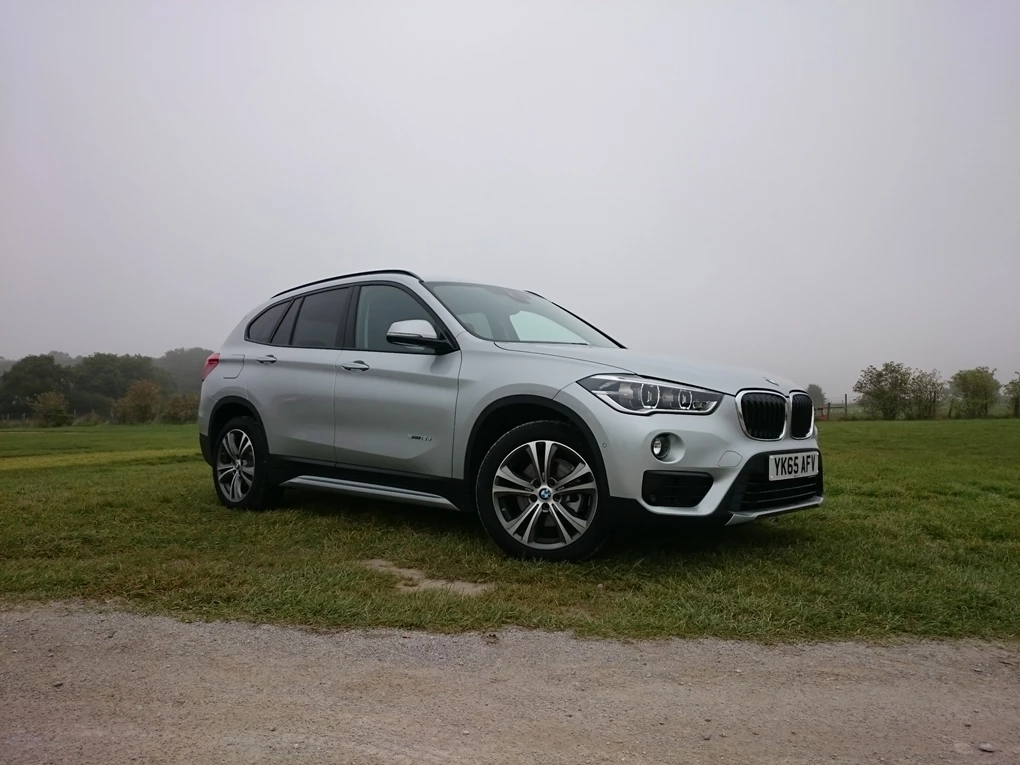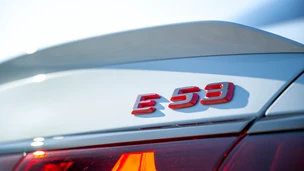The original BMW X1 was a rather successful foray into the crossover market for BMW, winning a fifth of new BMW customers. But, based on the 3 Series Touring, it was a bit of a hotchpotch, which was telling if you studied some of its vital statistics versus its rivals.
This time around the X1 has been designed from the ground-up, and interestingly, it actually shares its underpinnings with the MINI Countryman and BMW 2 Series Active Tourer. Not that you’d know if no one told you, as we can think of few examples of platform sharing where the finished products look or feel so different.
So, the X1 has the appearance of a small SUV, rather than a tall estate car, this time round and it has either front or four-wheel drive and a pared back line-up of petrol or diesel engines.

Performance
BMW has thankfully simplified the X1 line-up from 31 variants for the previous model to 16, with just one petrol and three diesel choices. The entry-level sDrive18d diesel is the only engine to get front-wheel drive. With a respectable 148bhp, four-wheel drive is also available with this engine if you go for the xDrive18d.
Next up is the xDrive20d with 187bhp, getting from 0-62mph in 7.6 seconds, which is quick for a crossover. But, the range-topping xDrive25d is even faster, tackling the same benchmark in 6.6 seconds thanks to its impressive 228bhp. Despite being BMWs ‘baby’ crossover, that’s considerably more power than you can find in a diesel Range Rover Evoque.
If you have a penchant for petrol, the xDrive20i has a 189bhp turbocharged engine, getting the X1 from rest to 62mph in 7.4 seconds.
All of the engines we’ve tried feel smooth and punchy, and the six-speed manual found in the 18d and 20d is slick and has a short throw. But, the X1 is arguably even better suited to an automatic, which is available across the range and comes standard with the top diesel and petrol.

Ride and Handling
Like every BMW model, the X1 has reasonably firm suspension, giving it excellent road manners, with little body roll
Long-standing BMW customers may be worried that the X1 shares so much with a MINI, but they needn’t be. Using some kind of engineering witchcraft, BMW has managed to engineer its characteristic feel into the X1, through the weight of the steering and pedals as well as how the car responds to your inputs. Like every BMW model, the X1 has reasonably firm suspension, giving it excellent road manners, with little body roll in corners and hardly any squat under braking. But, unlike some BMWs of old, the suspension is also able to ride most bumps comfortably. If, however, you do want the best handling, the M Sport version is 10mm lower and stiffer, for the sharpest body control. BMW’s Dynamic Damper Control (DDC) is also available, with settings to optimise comfort or handling. Four-wheel drive will help you tackle poor weather conditions and the occasional trip into a field or down a muddy lane, but limited ground clearance and road-biased tyres means the X1 is unlikely to challenge the Evoque for off-road ability.
Interior and Equipment
The petrol engine available in the X1 can also be found in the racey MINI Hatch Cooper S, albeit in a different state of tune.
A more compact, shorter engine bay and 53mm increase in roof height have seen interior practicality increase significantly, with more legroom and headroom for passengers. The driver is still the focus, however, so the central console is slanted slightly in their direction, and the standard infotainment system is mounted on top of the dashboard, so it’s just a glance away. The rear bench seats can split and fold individually and have the option to slide backwards by 13cm to alter the balance between rear legroom and boot space. The boot itself has 505 litres of load space behind the rear seats, unless you fold down the rear seats, in which case it extends to 1,550 litres. These are both figures which comfortably eclipse the Audi Q3 and Mercedes GLA-Class. Trim levels are SE, Sport, xLine and M Sport, with all being very well-equipped as standard. A powered-tailgate, sat-nav with 6.5-inch screen, auto lights and wipers and 17-inch alloy wheels come with the SE model. Sport increases the size of the wheels to 18-inches and adds a subtly racier exterior design and sports front seats. The xLine trim is next, with a black grille, leather upholstery with heated front seats and LED headlights. As with other BMW models, M Sport adds an aggressive body kit, cloth and Alcantara seats and sports steering wheel, with logos dotted around the cabin.
Cost
Its running costs are excellent, with fuel economy as high as 68.9mpg
Starting from just under £27k, the BMW X1 has a slightly higher starting price than the Audi Q3 and Mercedes GLA-Class, but undercuts the £30k Range Rover Evoque. Its running costs are excellent, with fuel economy as high as 68.9mpg and emissions as low as 109g/km of CO2 in the sDrive18d. Adding four-wheel drive to the same engine sees this drop to 60.1mpg and 124g/km, so it’s still capable of respectable figures. Even the thirstiest xDrive20i can return 44.1mpg and emits 146g/km, so the X1 avoids being a gas guzzler in any trim. It can get very expensive, however, with the top model costing around £36k, which is enough to get hold of a well-specced Land Rover Discovery Sport or even BMW’s bigger X3.
Our Verdict
The original BMW X1 sold well, but it was by no means perfect. The new model is a far better all-rounder, with more interior space, a much more cohesive design and excellent running costs. It’s quite pricey to buy, but for those in the market for a premium small SUV, it certainly ticks all the right boxes.





